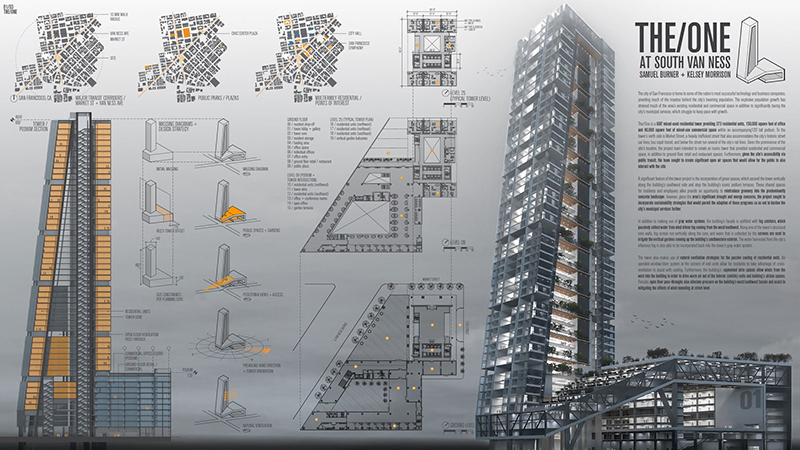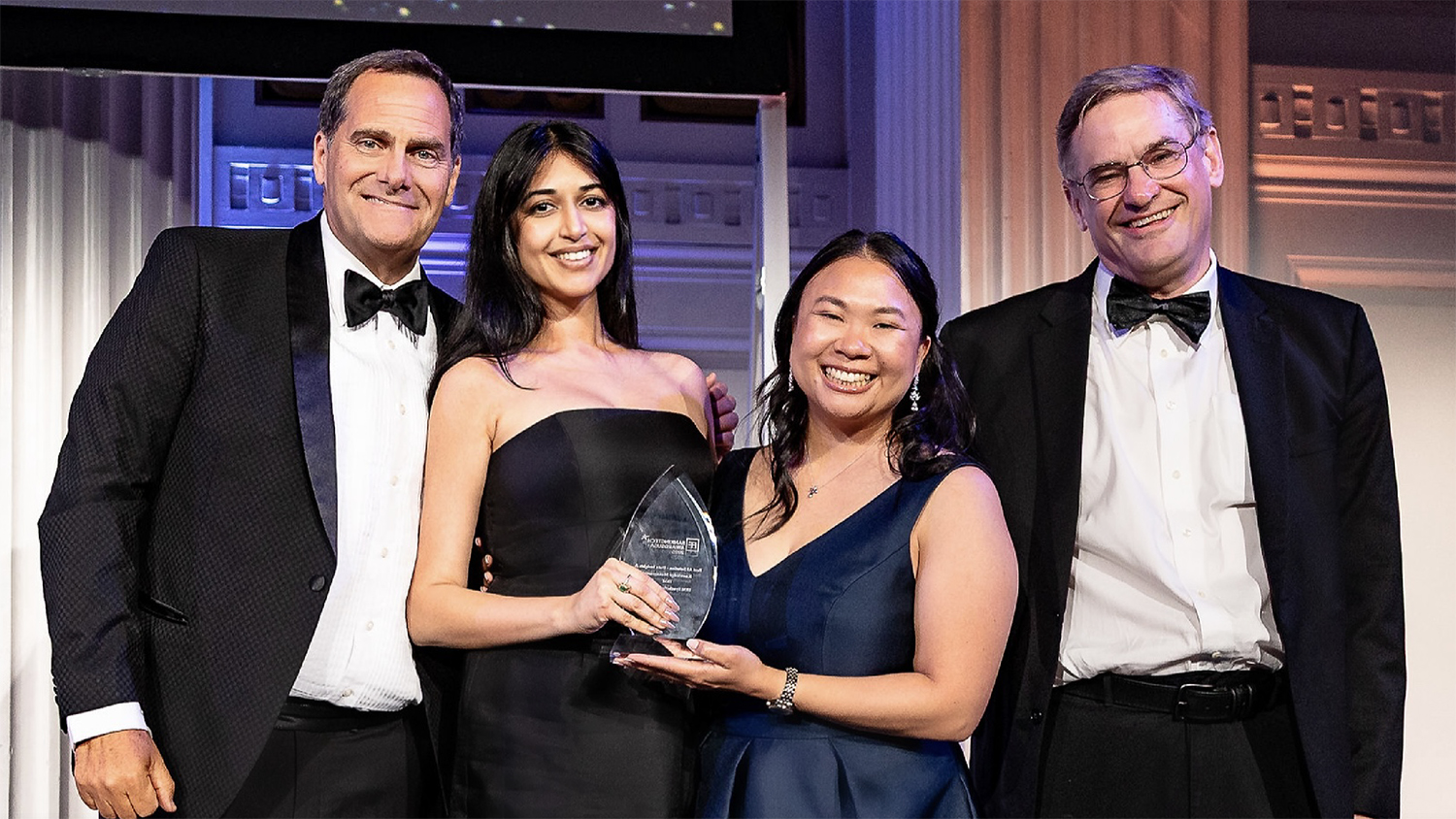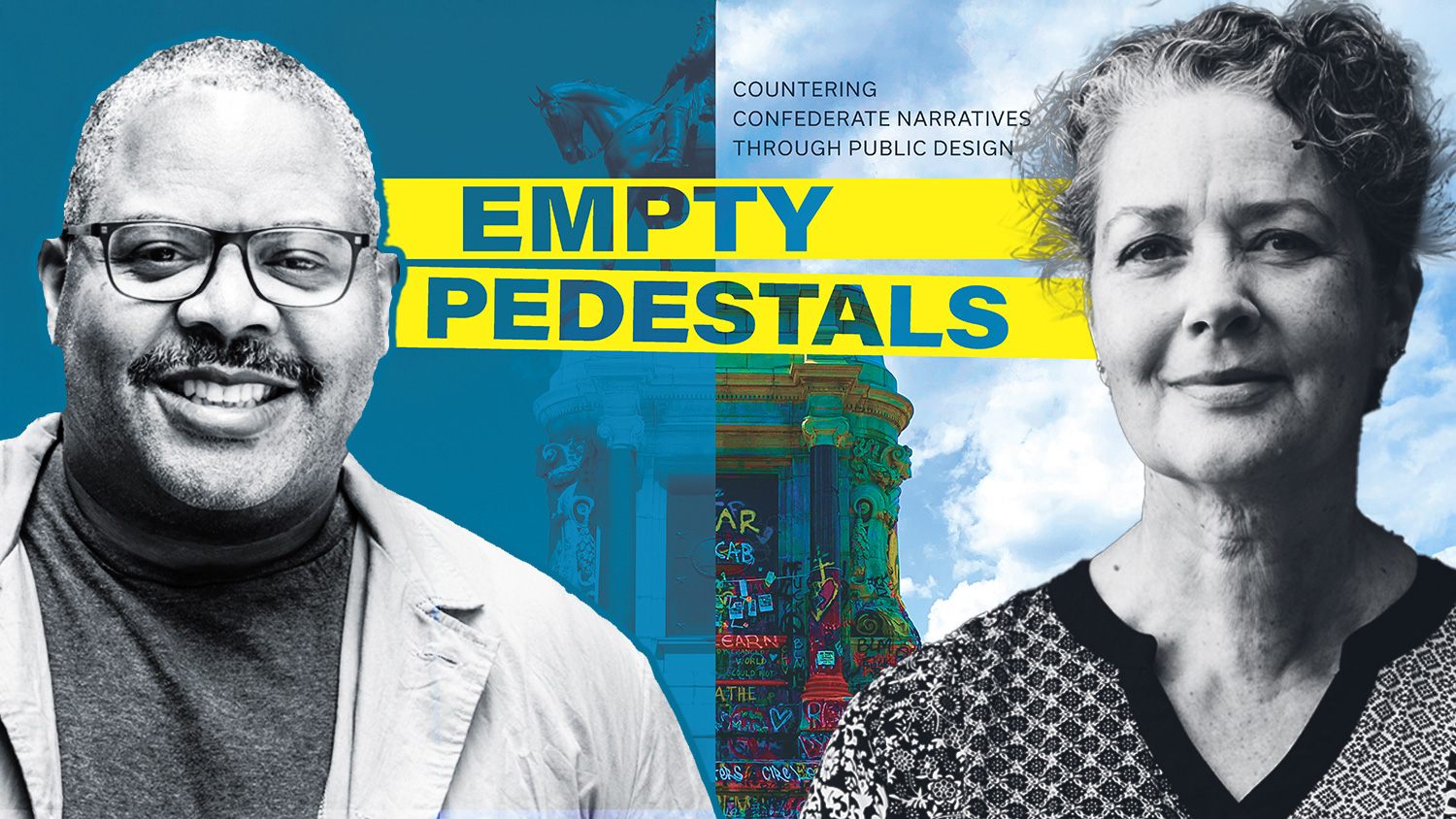High Tech Studios Are A Step Above

Over the last hundred years, two of the fastest-growing building types have been airports and tall buildings. According to the International Air Transport Association, in 2016 approximately 3.7 billion passengers traveled by airline, and even more passed through an airport. Due to the growth of the world’s population and trends of urbanization, efficiency in space and energy utilization require the adaptation of tall buildings. These multipurpose tall buildings are spreading across the globe at an ever-increasing rate.
Wayne Place, Alumni Association Distinguished Professor and a 2017 NCSU Outstanding Research award recipient, teaches advanced studios on these topics: ARC 503 Tall Building Design and ARC 503 Airport Design. Studios like these differentiate the College of Design from other architecture programs and expose students to the fundamentals of designing on the macro scale.
Both studios provide a platform of exposure, an introduction to new technologies, and the expanded understanding of design constraints students would otherwise not have. Place, who has been teaching for more than 40 years and focuses his research on the system integration of daylighting, building energy efficiency, and architectural structures, believes designing such large buildings offers students “the opportunity to have a really profound impact.”
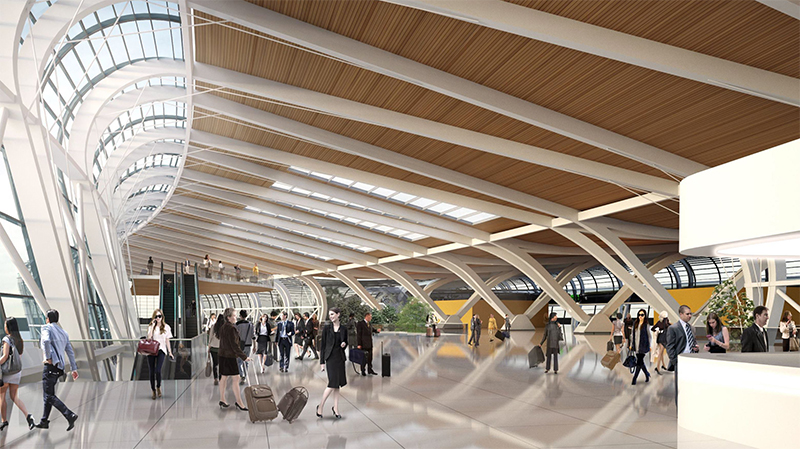
Place has an advanced degree in architecture, a PhD in physics, and is a registered structural engineer, all of which provide a multitude of fruitful experiences to students who choose to take his advanced high-tech studios. He hopes his students will become excited about the opportunity to redirect their career paths to concentrate on tall buildings or airports. By offering these studios, students learn “the issues of natural light and structure that they would not otherwise get in their careers.” He adds, “I think the studios also address issues of scale that are very important to us—as in the planet—as we move forward.” Place notes that there is a need for efficiency in designing and planning large structures as more and more people are moving into cities and density is becoming greater. “Tall buildings are incredibly important for human beings to inhabit the planet in an efficient manner that does minimal damage,” he states.
Place has been honing the tall buildings studio for five years and the airport design studio for four years. He has also added collaboration with two influential global firms that are thought leaders and experts on the topics and have become great community partners with the College: Fentress Architects and Skidmore, Owings & Merrill LLP (SOM). Partnerships like these offer practical and hands-on experience to students and layer the design education with invaluable insights.
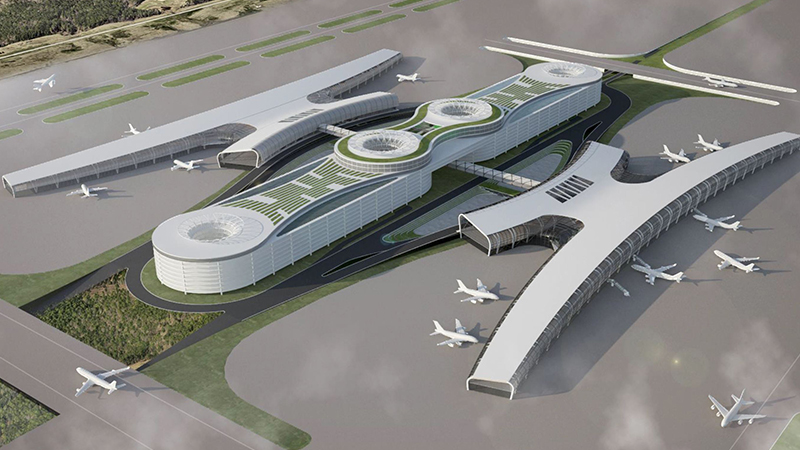
Fentress Architects, an international design firm with offices around the globe, has been instrumental in the airport studio. Place acknowledges that what founding principal and CEO Curtis Fentress offers in terms of knowledge and legacy of airport design “is invaluable to students.” Fentress, FIAA, RIBA [B.Arch ’72] is a 2010 College of Design Distinguished Alumni Award recipient and an expert in airport design and a wide array of other building types. He is recognized for the design of numerous iconic structures, including the Denver International Airport and the Incheon International Airport in Seoul, South Korea, both of which have received international acclaim. Fentress Architects has received more than 500 awards for innovation and excellence. The firm took part in the 2016 Architecture Biennale in Venice, Italy.
The firm enhances the airport studio and has numerous associates who provide FaceTime and teleconference critiques for students. In addition to the generosity of their time, they share digital resources, including codes, rules and regulations, and technical requirements for airports that are key when embarking on projects. Place adds that both Joshua Stephens [M.Arch ’13], AIA, and Ana-Maria Drughi [M.Arch ’13], AIA, of Fentress Architects “were helpful in the initial conceptualization and creation of the studio. We would not have this airport studio if key personnel at Fentress Architects had not taken the initiative.”
Fentress himself is very active in the studio. “I come the first week and spend a day and wear the students out,” he says. He meets again with students at the end of the semester and has been influential in other ways: “I’ve gotten folks from the community Raleigh-Durham International Airport to be involved in the class so that students get the exposure of practical experience.” Fentress has also hired several students from the program (including Stephens and Drughi).
SOM is the other important partner in Place’s high-tech studios, recognized for many projects and specifically for tall buildings. The SOM involvement in the tall-building studio has been possible because of the leadership of Mark Sarkisian, Chief Structural Engineer and author of Designing Tall Buildings: Structure as Architecture. Sarkisian has mobilized a team of ten reviewers with a wide range of expertise to contribute to the studio. These professionals provide feedback and support to the students during critiques and throughout the process. For the past five years, the studio has taken a trip to SOM’s San Francisco office at the kickoff of the semester so that students can interact with the team, tour completed projects, ask questions, and get a firsthand feel for the collaboration and process of designing and planning tall buildings.
Place acknowledges that numerous SOM members are active and influential to students, and during the visit the team provides tangible, hands-on training to students. Also on this visit, Leo Chow, Principal Architect, gives a lecture that Place describes as “so inspiring that when you leave the room after his lecture, you feel like you can change the world.”
The experience was insightful and enduring for recent graduate Jeromy Clements [M.Arch ’17], who participated in both studios. “I would encourage any students who are remotely interested in working on a project that is challenging and will test them to take Wayne’s class. They will certainly get more out of it than they put into it.”
Clements acknowledges that his exposure to these studios has changed his career path. “I originally pictured myself working on medium-sized projects; however, after Wayne’s class, I believe I’m cut out for working on large buildings such as hospitals or airports. The bigger the building, the bigger the impact you have as a designer.” He continues, “It is important to have designers that are thinking about sustainability, which is one of Wayne’s major focus areas, whether daylighting or implementing solar panels and water collection.” He also says that the use of technology encouraged by the studios is helpful. Both studios introduce Revit software, an industry standard used by many firms for building information modeling that includes features for architectural design, structural engineering, and construction. It is a great platform for multidisciplinary collaboration throughout a design project and provides leverage for students when applying for jobs due to their knowledge and real-world application of Revit.
In the high-tech studios, students are able to transfer knowledge gained earlier, whether in context or application, and implement it. “We have a major initiative, started by Associate Professor of Architecture Jianxin Hu, to introduce Revit to students during undergrad,” says Place. “I am trying to build on this and reinforce it during the advanced studio.”

Place concludes, “A studio like this is crucial for preparing students to find job opportunities in dealing with these types of designs. Even if they don’t intend to build huge structures, it broadens their capabilities and gives them a better understanding of their subject matter.” Big things continue to be on the way for his students, who are winning local, national, and international design competitions.
Biennale Architettura 2018 | 16th International Architecture Exhibition | Venice, Italy | May 26 through November 25, 2018
The European Cultural Center has extended an invitation to the NC State University College of Design to mount a major exhibition of student airport design work for the 2018 Venice Biennale of Architecture. The invitation came after Fentress Architects sponsored a Symposium on Airport Design as part of the 2016 Biennale, featuring Professor Place as a speaker. Founded in 1895, la Biennale di Venezia is one of the most prestigious cultural organizations in the world. Fentress Architects will present a new exhibit of their firm’s work alongside NC State student design projects.
“Curtis Fentress’s support has been absolutely crucial to this grand opportunity being extended to NC State University,” emphasizes Place.
Students will present their “Airports of the Future,” team projects that address global challenges of geographic location, user experience, technology, and innovative design solutions.The studio is comprised of eleven students divided into five teams.
Elevating Student Work Internationally
In September, Professor Place was invited to present students’ work from these studios at the 4th US-China Tall Buildings Summit in Chongqing, China. The symposium was sponsored by CITAB, the Chinese counterpart to the U.S. Council of Tall Buildings and Urban Habitat. He also presented his lecture at the Architecture School of Chongqing University. During the tour of China, he traveled with Leo Chow and Mark Sarkisian, Principal Partners of SOM. According to Place,“Traveling in such illustrious company helps elevate the status of our School in the eyes of the international community. Without the sponsorship and promotion of our studio by SOM, we would not have had the same presence in China.”
LEARN MORE ABOUT THE AIRPORT STUDIO AND STUDENT PROJECTS
This story originally appeared in the 2017 Designlife magazine.
- Categories:
